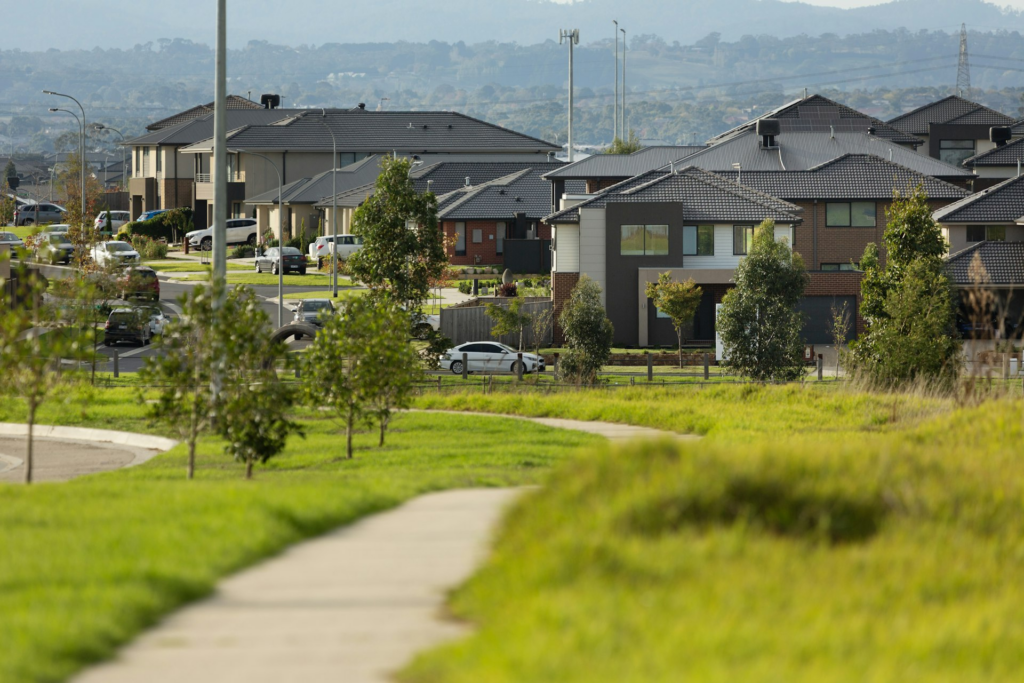
Carmel and Fishers are two of Indiana’s most sought-after communities—for both residential living and commercial growth. If you’re thinking of buying, selling, or investing in commercial real estate in either city, one of the first and most important steps is understanding how to accurately value a property.
Whether it’s an office building in the Carmel Arts & Design District or a flex warehouse near Fishers District, the valuation process goes far beyond just looking at square footage. Here’s what you need to know.
1. Understand the Basics of Commercial Valuation
Commercial real estate is generally valued using one or more of these methods:
- Income Approach: Based on how much income the property generates or could generate.
- Sales Comparison Approach: Based on recent sales of similar properties nearby.
- Cost Approach: Based on what it would cost to rebuild the property, minus depreciation.
Each approach may be weighted differently depending on the property type (office, retail, industrial) and whether it’s owner-occupied or leased.
2. Know What Drives Value in Carmel and Fishers
Both Carmel and Fishers are thriving suburbs with strong demographics, low vacancy rates, and expanding infrastructure. However, different areas and asset types appreciate differently.
Key local factors that impact value:
- Location within the city: Carmel’s downtown district vs. suburban corridors; Fishers District vs. I-69 business parks.
- Zoning and land use flexibility: The more versatile the property, the higher the potential value.
- Traffic counts and visibility: High-traffic corridors like 116th Street, Rangeline Road, and SR-37 carry a premium.
- Tenant mix and lease structure: Properties with long-term, creditworthy tenants are worth more.
- Condition and age of building: Newly renovated or Class A buildings command higher valuations.
3. Use the Income Approach for Investment Properties
If the commercial property is leased or income-producing, this is the most common valuation method. It looks at Net Operating Income (NOI) and applies a capitalization rate (cap rate) based on market conditions.
Example:
- NOI = $120,000
- Cap Rate in Fishers = 6.5%
- Property Value = $120,000 ÷ 0.065 = $1.846 million
Cap rates vary based on asset type, location, lease terms, and investor risk tolerance. In Carmel and Fishers, cap rates often range between 5.5% and 7.5%, depending on property class.
4. Consider the Sales Comparison Approach for Owner-Users
If you’re buying or selling a property that will be occupied by the business (like a dental office or showroom), the sales comparison method is often more applicable.
Steps:
- Find recent, nearby sales of similar commercial properties
- Adjust for square footage, location, building quality, and use
- Compare price per square foot and apply to subject property
Local comps from Fishers’ Nickel Plate District or Carmel’s City Center area may differ significantly, so it’s important to compare apples to apples.
5. Bring in a Local Commercial Appraiser or REALTOR®
While online tools can offer rough estimates, nothing replaces a professional opinion based on local knowledge and market experience. An experienced commercial REALTOR® like myself can:
- Provide comps and current market data
- Assess income potential and cap rates
- Coordinate with commercial appraisers, lenders, and city zoning officials
- Help you determine a realistic listing or purchase price based on real conditions—not guesswork
Final Thoughts
Carmel and Fishers are both prime areas for commercial investment—but getting the valuation right is critical. Whether you’re selling an office suite, buying a retail space, or analyzing a potential income property, you need accurate data, expert guidance, and a local market strategy.
At Annie Scott Realty Group LLC, I specialize in helping clients understand the full value of their commercial assets—and how to position them for success.
Let’s talk about what your commercial property is worth—and how to make the most of it.
Sources:
- Indiana Commercial Board of Realtors
- LoopNet and CoStar Market Reports
- Hamilton County Assessor’s Office
- Local MLS and off-market sales data
- Cushman & Wakefield – Suburban Indianapolis Market Overview
Photo Credit: Luxury Presence

